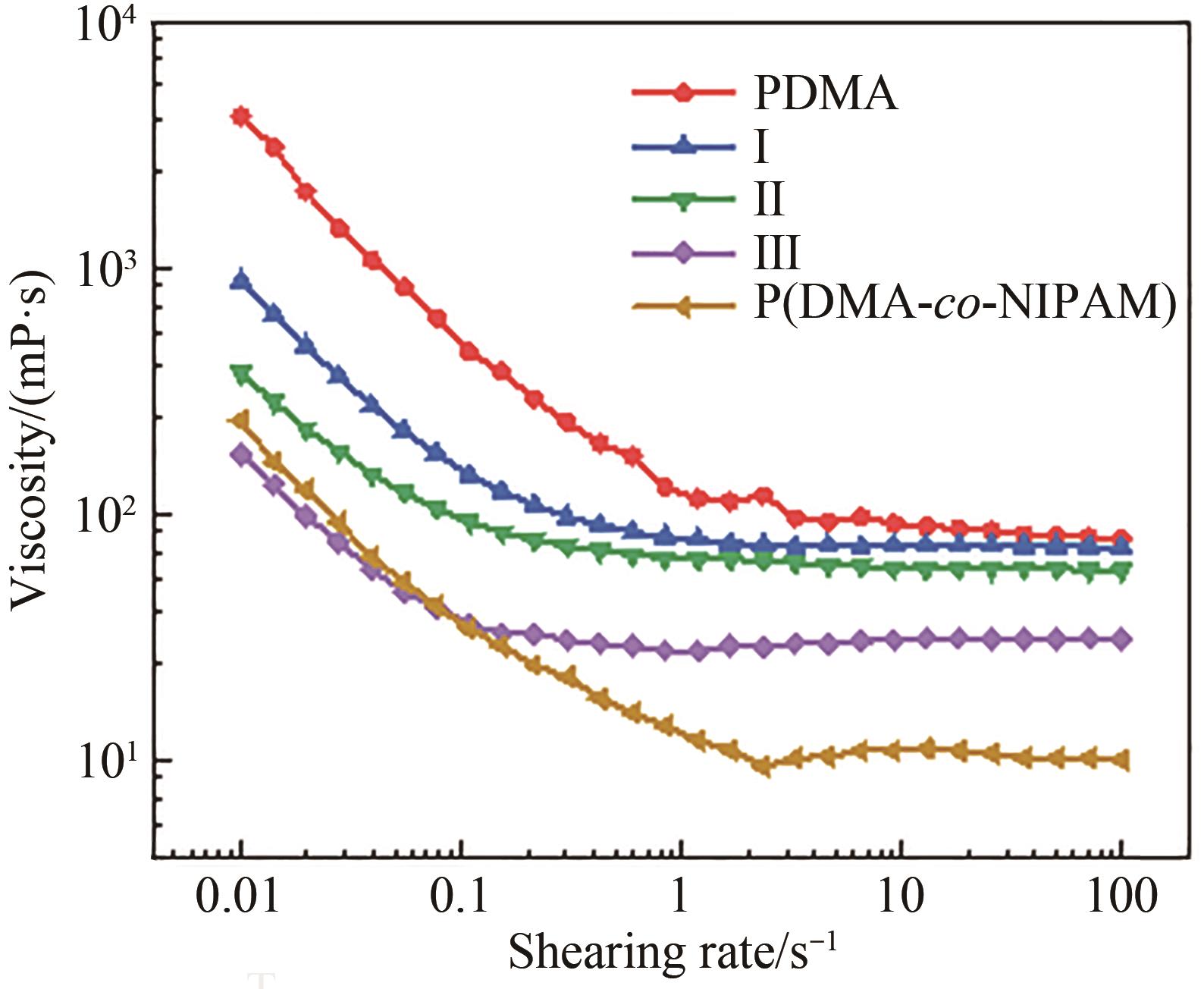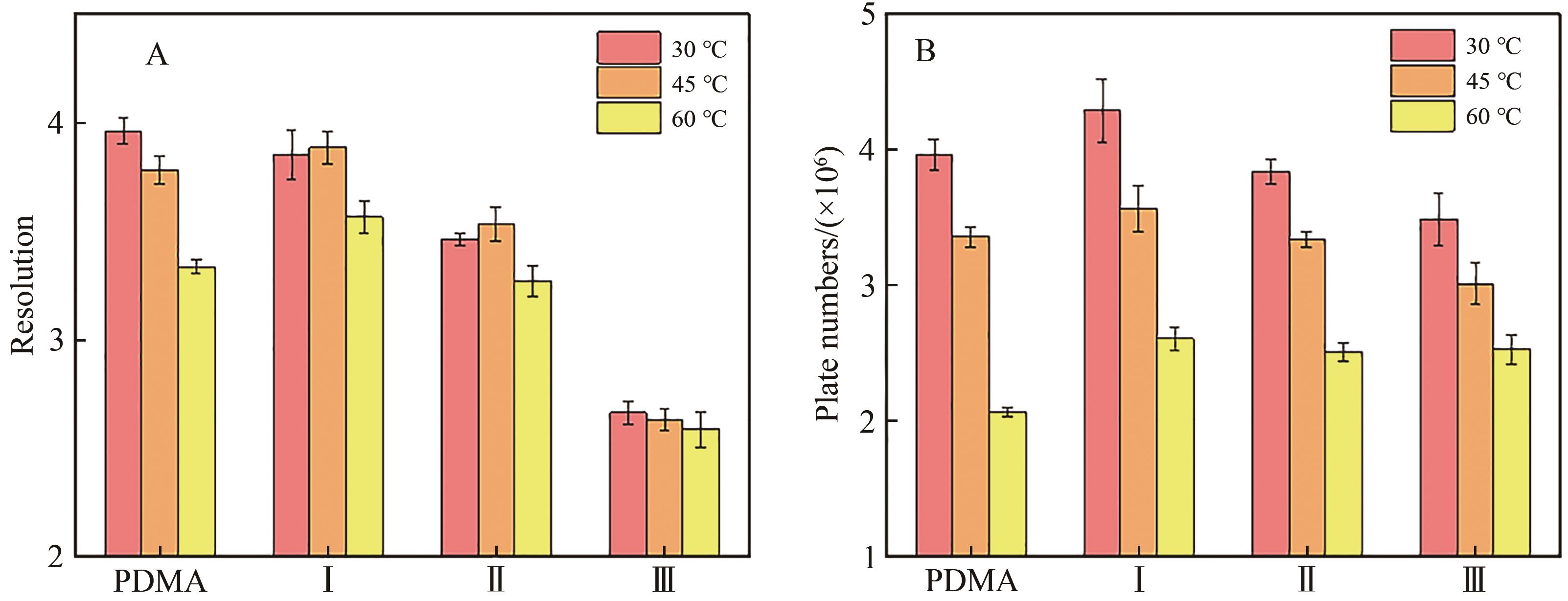| 1 |
陈义. 毛细管电泳技术及应用[M]. 北京: 化学工业出版社, 2006: 4-5.
|
|
CHEN Y. Capillary electrophoresis techniques and applications[M]. Beijing: Chemical Industry Press, 2006: 4-5.
|
| 2 |
SARTORI A, BARBIER V, VIOVY J L. Sieving mechanisms in polymeric matrices[J]. Electrophoresis, 2003, 24(3): 421-440.
|
| 3 |
HELLER C. Capillary electrophoresis of proteins and nucleic acids in gels and entangled polymer solutions[J]. J Chromatogr A, 1995, 698(1/2): 19-31.
|
| 4 |
ASHTON R, PADALA C, KANE R S. Microfluidic separation of DNA[J]. Curr Opin Biotechnol, 2003, 14(5): 497-504.
|
| 5 |
王前, 许旭. 用于毛细管电泳DNA分离的合成聚合物[J]. 化学进展, 2003(4): 275-287.
|
|
WANG Q, XU X. Synthetic polymers for DNA separation by capillary electrophoresis[J]. Prog Chem, 2003(4): 275-287.
|
| 6 |
HEIGER D N, COHEN A S, KARGER B L. Separation of DNA restriction fragments by high performance capillary electrophoresis with low and zero crosslinked polyacrylamide using continuous and pulsed electric fields[J]. J Chromatogr A, 1990, 516(1): 33-48.
|
| 7 |
CHIARI M, MICHELETTI C, NESI M, et al. Towards new formulations for polyacrylamide matrices: N-acryloylaminoethoxyethanol, a novel monomer combining high hydrophilicity with extreme hydrolytic stability[J]. Electrophoresis, 1994, 15(2): 177-186.
|
| 8 |
GAO Q, YEUNG E S. A matrix for DNA separation: genotyping and sequencing using poly(vinylpyrrolidone) solution in uncoated capillaries[J]. Anal Chem, 1998, 70(7): 1382-1388.
|
| 9 |
KIM Y, MORRIS M D. Separation of nucleic acids by capillary electrophoresis in cellulose solutions with mono- and bis-intercalating dyes[J]. Anal Chem, 1994, 66(7): 1168.
|
| 10 |
KIM Y, YEUNG E S. Separation of DNA sequencing fragments up to 1000 bases by using poly(ethylene oxide)-filled capillary electrophoresis[J]. J Chromatogr A, 1997, 781(1/2): 315-325.
|
| 11 |
CHIARI M, MELIS A. Low viscosity DNA sieving matrices for capillary electrophoresis[J]. TrAC Trends Anal Chem, 1998, 17(10): 623-632.
|
| 12 |
CHIHFIELD C L, HOLLAND L A. Protein sieving with capillary nanogel electrophoresis[J]. Anal Chem, 2021, 93(3): 1537-1543.
|
| 13 |
SUDOR J, BARBIER V, THIROT S, et al. New block-copolymer thermoassociating matrices for DNA sequencing: effect of molecular structure on rheology and resolution[J]. Electrophoresis, 2001, 22(4): 720-728.
|
| 14 |
BARKER I C, COWIE J M G, HUCKERBY T N, et al. Studies of the “smart” thermoresponsive behavior of copolymers of N-isopropylacrylamide and N,N-dimethylacrylamide in dilute aqueous solution[J]. Macromolecules, 2003, 36(20): 7765-7770.
|
| 15 |
ZHANG Y, WANG P, CHEN R. Effect of the macromolecular architecture on the thermoresponsive behavior of poly(N-isopropylacrylamide) in copolymers with poly(N,N-dimethylacrylamide) in aqueous solutions: block vs random copolymers[J]. React Funct Polym, 2022, 171: 105150.
|
| 16 |
ROSENBLUM B B, OAKS F, MENCHEN S, et al. Improved single-strand DNA sizing accuracy in capillary electrophoresis[J]. Nucleic Acids Res, 1997, 25(19): 3925-3929.
|
| 17 |
CHEN S, WANG K, ZHANG W. A new thermoresponsive polymer of poly(N-acryloylsarcosine methyl ester) with a tunable LCST[J]. Polym Chem, 2017, 8(20): 3090-3101.
|
| 18 |
BOULOS S, CABRICES O, BLAS M, et al. Development of an entangled polymer solution for improved resolution in DNA typing by CE[J]. Electrophoresis, 2008, 29(23): 4695-4703.
|
| 19 |
何曼君. 高分子物理[M]. 上海: 复旦大学出版社, 2008: 142-144.
|
|
HE M J. Polymer physics[M]. Shanghai: Fudan University Press, 2008: 142-144.
|
| 20 |
LIU R, DE LEONARDIS P, CELLESI F, et al. Cationic temperature-responsive poly(N-isopropyl acrylamide) graft copolymers: from triggered association to gelation[J]. Langmuir, 2008, 24(14): 7099-7106.
|

 )
)






